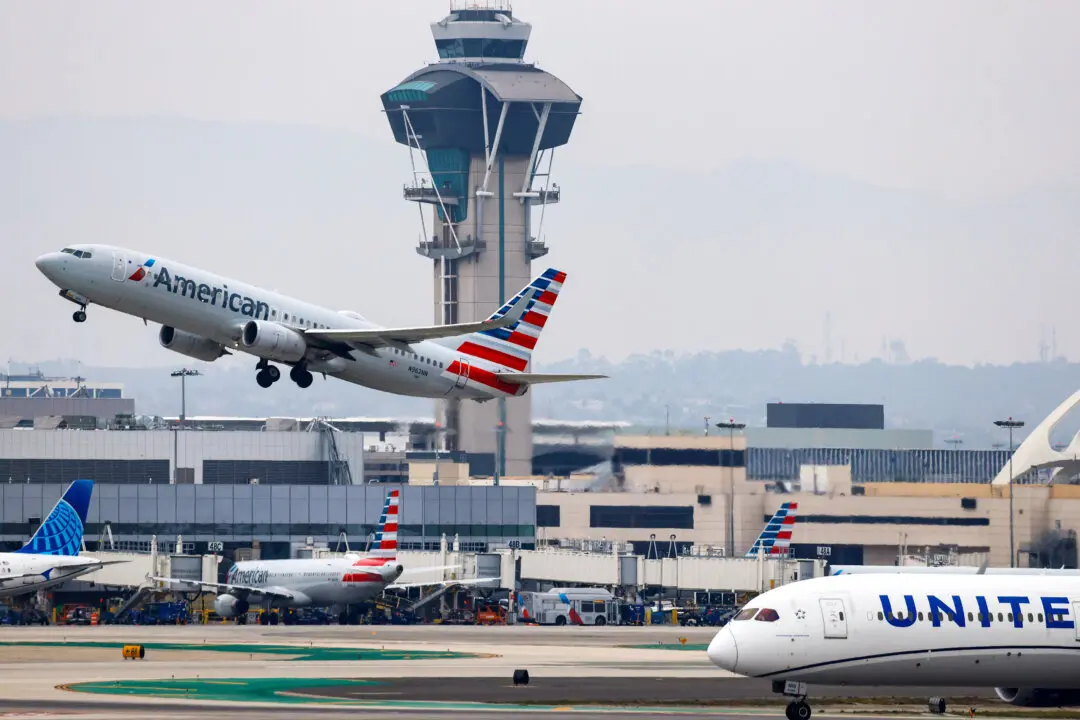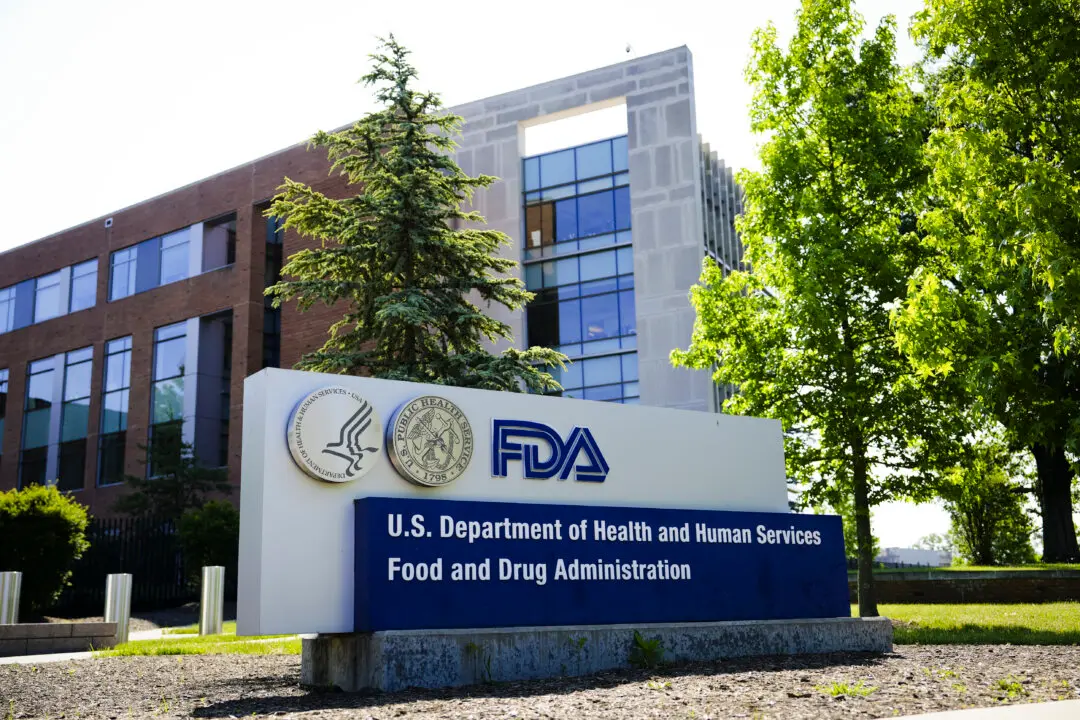NEW YORK—A magnitude 5.5 earthquake near New York City on Aug. 10, 1884, affected an area spanning from southern Maine to central Virginia and westward to Cleveland, Ohio.
“Chimneys were knocked down and walls were cracked in several states, including Connecticut, New Jersey, New York, and Pennsylvania,” states the U.S. Geological Survey’s Earthquake Hazards Program website. “Property damage was severe at Amityville and Jamaica, N.Y., where several chimneys were ‘overturned’ and large cracks formed in walls.”
Hartford, Conn., West Chester, Pa., and Mount Vernon, N.Y., were among other towns affected.
About 127 years later, New York City shook again. A magnitude 5.8 earthquake centered in Virginia impacted the city, though damage in NYC was practically nonexistent and shaking was weak to light, according to a survey map.
Seismologists—geophysicists who study earthquakes and the mechanical characteristics of the earth—believe there should be an earthquake happening every 100 years within a few miles of the New York metro area, said Dr. Sissy Nikolaou at a talk at Pratt Institute on Wednesday.
Nikolaou, senior associate at Mueser Rutledge Consulting Engineers, an engineering firm with a specialty in geotechnical and structural foundation design engineering, pointed out that “it’s very hard to predict what’s going to happen.”
Chair of the 2012 revision of the NYC building code seismic panel, Nikolaou’s unique background—growing up in Greece, which she says experiences 90 percent of the earthquakes in Europe—compelled her to become well-versed in the field.
Nikolaou gives presentations to companies, colleges, and other professional groups about the importance of acknowledging seismic risk in an area where many, particularly contractors and engineers, seem to lose sight of the 1884 earthquake.
“The important thing I’m trying to get across is that we live in the financial capital of the world where a moderate earthquake of magnitude 5 or 6 close to the city could affect millions of people and potentially impact the world economy,” explained Nikolaou via e-mail.
“Even moderate earthquakes place the city at high seismic risk because many structures, infrastructure projects, and public works we rely on were generally not designed to accommodate seismic loading and may be vulnerable to an event right under or close to the city. New structures have been designed under the NYC seismic building code criteria for the past two decades.”
A New York City Department of Buildings Model Code Program document concurs. Although New York as a state has moderate seismicity, it says, a magnitude 7 earthquake may occur in the NYC area. It also states that “the possibility of larger magnitude earthquakes [above magnitude 7] cannot be completely excluded.”




